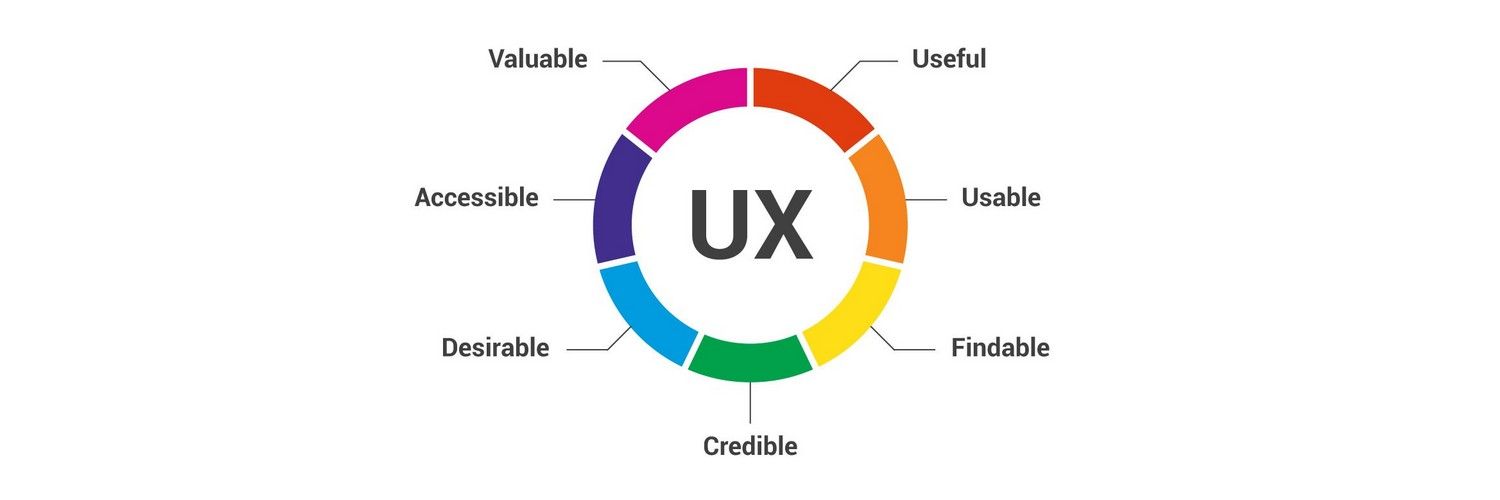 A Comprehensive Guide on How to Identify and Resolve Thin Content Issues
A Comprehensive Guide on How to Identify and Resolve Thin Content Issues
When it comes to website content, quality is key. Thin content refers to website pages that offer visitors little or no value, even if they have a high word count. This type of content can harm your website’s search engine rankings and user experience. In this article, we will discuss how to identify and fix thin content to improve your website’s performance.
Identifying Thin Content
Identifying thin content on your website is crucial to improving its overall quality. Here are some ways to identify thin content:
1. Analyze Page Analytics
Start by analyzing your website’s page analytics. Look for pages with high bounce rates or low average time on page. These metrics indicate that visitors are not finding value in the content and are leaving the page quickly.
2. Check Word Count
While word count alone does not determine the quality of content, it can be an indicator of thin content. Pages with a high word count but little substance or value may be considered thin content.
3. Evaluate User Feedback
Pay attention to user feedback, such as comments or reviews, to understand if visitors find your content valuable. If users consistently mention that the content lacks depth or usefulness, it may be considered thin content.
Fixing Thin Content
Once you have identified thin content on your website, it’s time to take action and improve it. Here are some strategies to fix thin content:
1. Add Value
The most important step in fixing thin content is to add value to the page. Consider what information or solutions your target audience is looking for and provide it in a comprehensive and engaging way. This could include adding more detailed explanations, examples, or practical tips.
2. Update Outdated Information
Thin content can also result from outdated information. Regularly review your content to ensure it is up to date and relevant. Update any outdated statistics, facts, or references to maintain the value and accuracy of your content.
3. Improve Readability
Thin content may also be a result of poor readability. Make sure your content is easy to read and understand by using clear headings, bullet points, and concise sentences. Break up long paragraphs into smaller ones to improve readability.
4. Conduct Keyword Research
Keywords play a crucial role in search engine optimization. Conduct keyword research to identify relevant and high-volume keywords related to your content. Incorporate these keywords naturally throughout your content to improve its visibility in search engine results.
5. Enhance Multimedia Elements
Thin content can be improved by enhancing multimedia elements such as images, videos, or infographics. Visual content not only adds value to the page but also makes it more engaging and shareable. Ensure that the multimedia elements are relevant and support the overall message of the content.
6. Interlink Related Content
Interlinking related content within your website can help improve the value of thin content. Identify relevant pages or blog posts that can provide additional information or context to the thin content. Linking to these pages not only enhances the user experience but also improves the overall SEO of your website.
7. Optimize Meta Tags
Optimizing meta tags, such as the title tag and meta description, can improve the visibility and click-through rate of your content in search engine results. Craft compelling and relevant meta tags that accurately describe the content and entice users to click on your link.
8. Monitor and Measure
After implementing the necessary changes, it’s important to monitor and measure the impact of your efforts. Use analytics tools to track the performance of the updated content. Look for improvements in metrics such as bounce rate, average time on page, and search engine rankings to gauge the success of your content optimization.
Conclusion
Thin content can negatively impact your website’s search engine rankings and user experience. By identifying and fixing thin content, you can improve the overall quality and value of your website’s content. Remember to add value, update outdated information, improve readability, conduct keyword research, enhance multimedia elements, interlink related content, optimize meta tags, and monitor and measure the impact of your efforts. By following these strategies, you can combat thin content and create a more valuable and engaging website for your audience.
